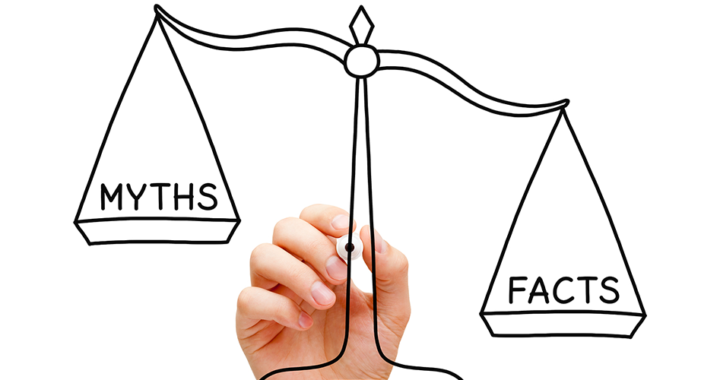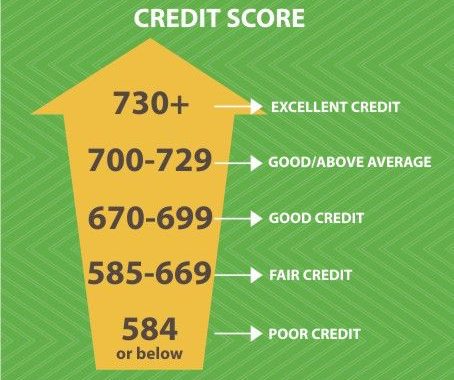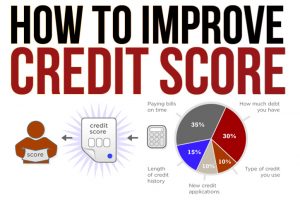Common Credit Misconceptions
There are many myths and misconceptions associated with credit and FICO scores. We’re going to clear up credit score myths and credit report facts. The following is a list of the most commonly held with a brief explanation of what is actually true in regards to these.
5 Credit Score Myths & Credit Report Facts
1. The FICO Score is Solely Determinate of Whether a Loan is Granted
The truth is that, while important, a FICO score is just one of many factors that lenders consider when judging whether or not to extend credit. Some of the other factors generally taken into consideration are the amount of debt the borrower can handle based on income and other current debts, employment history, credit history, and various policies unique to the specific lending institution. A low score does not automatically disqualify a potential borrower, nor does a high score always guarantee acceptance.
2. A Poor Credit Score is a Permanent Black Mark
A credit score is essentially a snapshot in time. It is made up of several constantly fluctuating factors as consequently will change over time to reflect these factors. As time passes negative entries in a credit report will have less and less effect. Sometimes a significant improvement to an individuals score can occur in as little as a year or two.
3. Credit Scoring Discriminates Unfairly Against Various Minorities
This is not true. Race, gender, age, religion and marital status are prohibited by law from being included in FICO scores or being used as determining factors when evaluating credit worthiness of a prospective borrower. Studies have shown that FICO scores are an accurate measure of someone’s credit worthiness irrespective of their minority status.
4. FICO Scores Are An Invasion of My Privacy
Actually the opposite tends to be true. All of the information used to compile credit scores is already available to lending institutions. Remember a FICO score is merely a number used to quantify the various factors used to judge credit worthiness. Typically, lenders give enough importance to the score that they will ask for LES personal information on credit applications.
5. Applying For New Credit Will Lower a Person’s Score
Generally this is not true, as a result multiple inquiries could possible indicate higher risk, but if there are multiple inquiries from mortgage or auto lenders in a short period of time it is considered to be a single inquiry and will not affect someone’s credit score.
Now we know the credit score myths and credit report facts, it’s time to get working on your credit score! Check Out: How to Improve Credit Score in 30 days!






